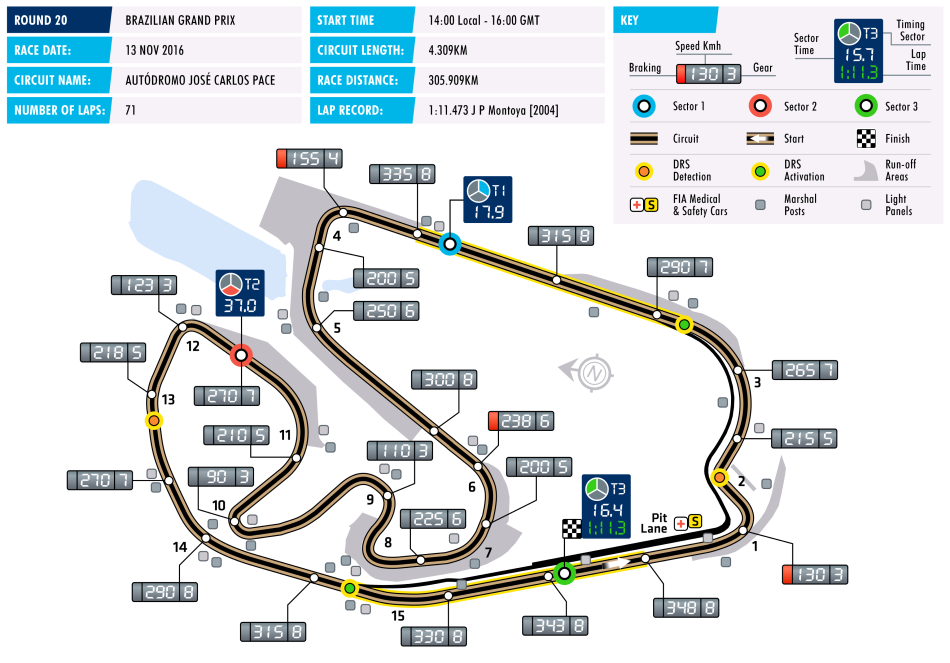Juzh wrote:mrluke wrote:It could be down to a number of factors including traction from the last corner and drag levels.
However overall Mclaren actually performed pretty well at Brazil, they are about 2% behind pole vs their average of ~2.25% ill pull the data together shortly and reupload the excel with Austria re-labelled as Aut

No, in brazil the deficit was simply too high even by usual honda standards (we're talking qualifying here). Now I don't know what was going on but it was a really big difference. They were up to 18 kmh down on mercedes powered cars and 10-15 kmh down on renault and ferrari.
I'd say their traction was no worse than a bunch of midfield teams. Most cars were a lot slower in final sector this year than they were last year, indicating they were all running higher drag than they normally would in anticipation of rainy sunday, so I don't think mclaren somehow went completely above and beyond others teams in that respect, given their already underpowered engine.
Okay, that's a fair point. Lets dig out the (limited) available data and see what we can find.

Looking into this it has quickly become apparent that the Speed Trap (90m before T1) is actually just after the start of the braking zone for most drivers.
So I have made a chart (gasp!) to show the differences in speeds between the end of Sector 3 (start/finish) and the speed trap.

Although drivers are shown individually both drivers of the same team have the same colour.
As most of the teams have slowed down between the end of S3 and the speed trap it is safe to assume that they are preparing for T1 rather than still accelerating to Vmax. Therefore the biggest driver for their speed at this point is T1.
So I think you have two choices here, either the slow teams are braking sooner for T1, or they just have a much lower entry speed.
Now I agree that Mclaren are one of the lower teams at the start/finish line, but looking at the way Button and Alonso's lines converge they appear to be aiming for the same entry speed / braking point.
In contrast both Mercedes are not only traveling 5kph faster at the finish line, they continue to accelerate through the speed trap meaning they have speed differentially >10kph at the speed trap.
If we look at the fastest mclaren driver over the start/finish, they are actually within 1kph of BOTH RBR drivers at this point. While one of the RBR drivers decelerates in line with Mclaren, the other continues to add speed gaining a further 5kph against Mclaren.
Finally I draw your attention to the HAAS and STR drivers which appear to accelerate through the speed trap and gain much more speed over this distance than any of the other teams, suggesting most others are slowing.



